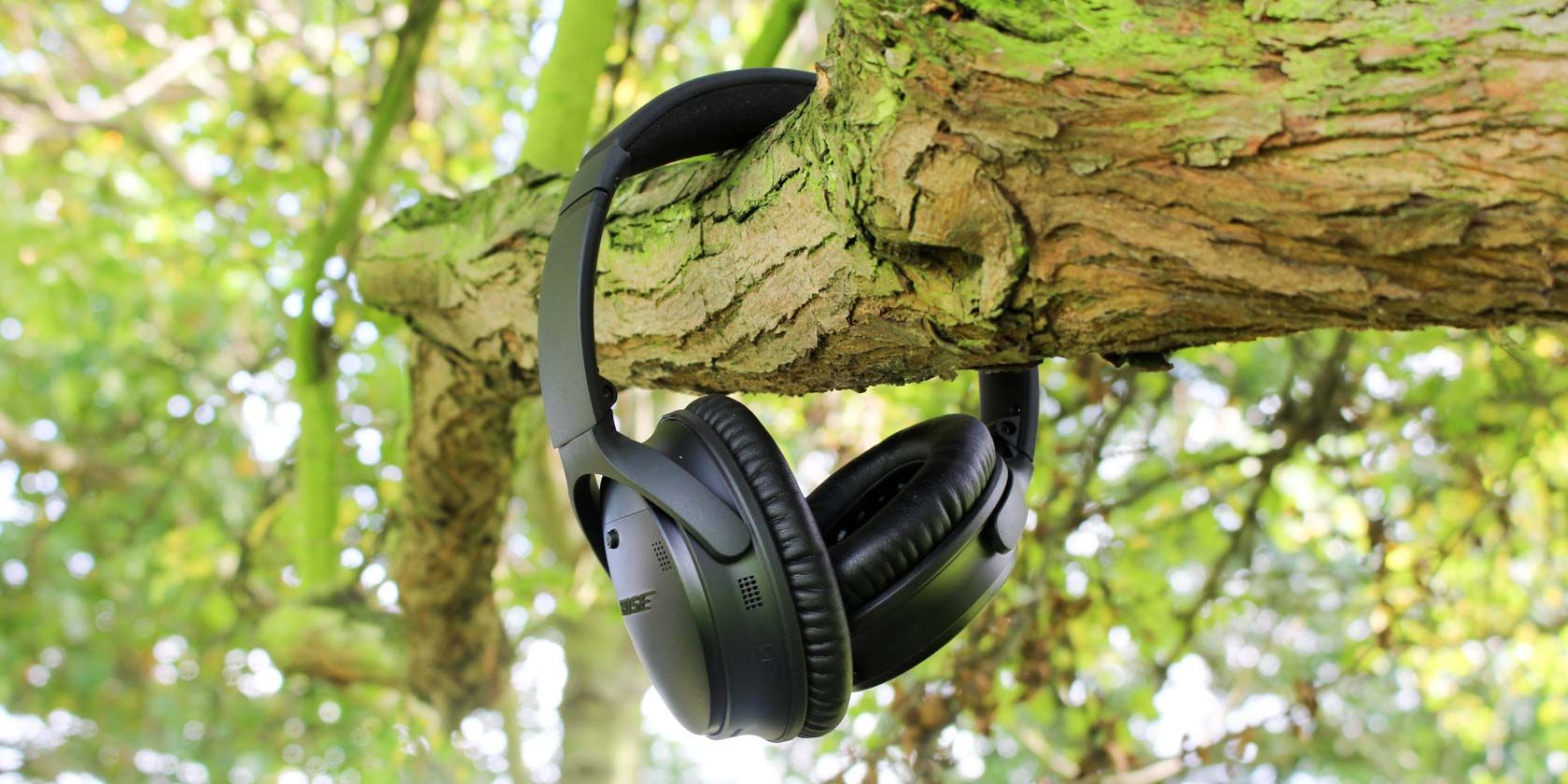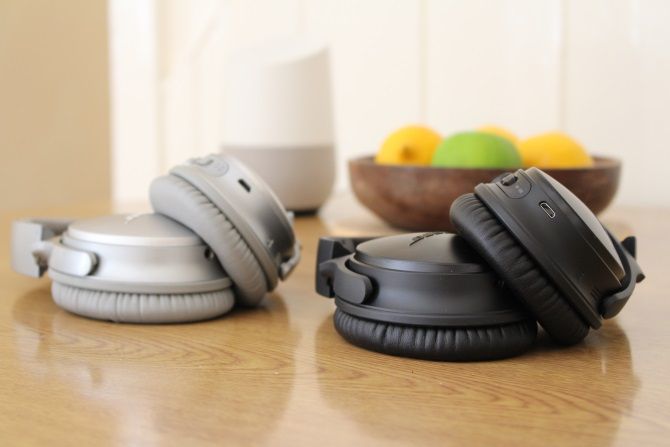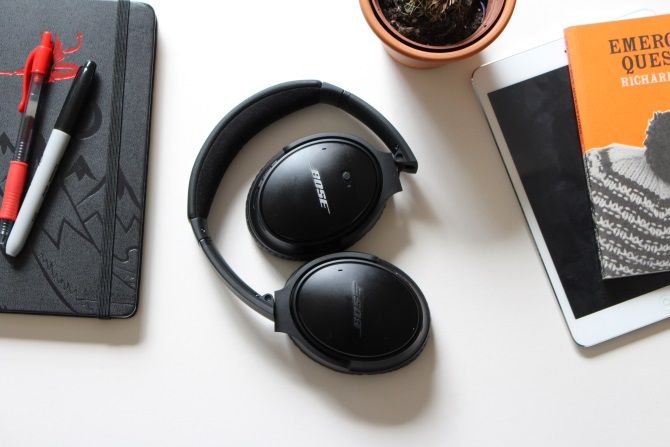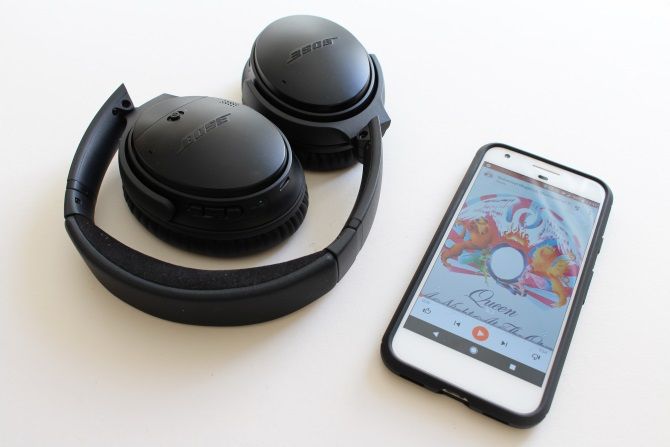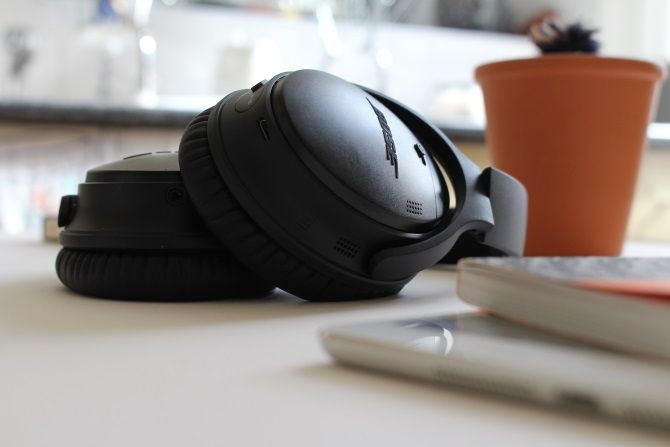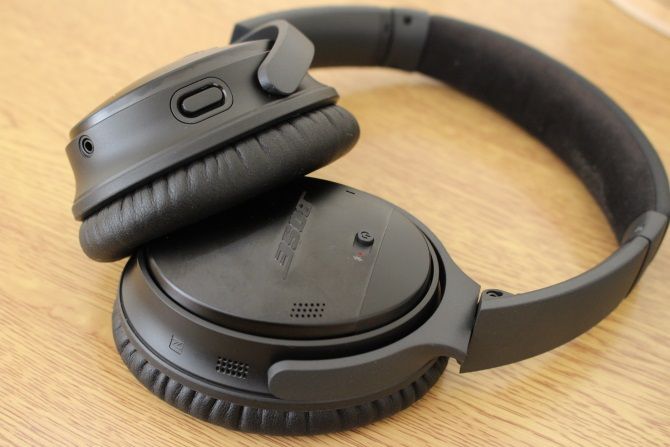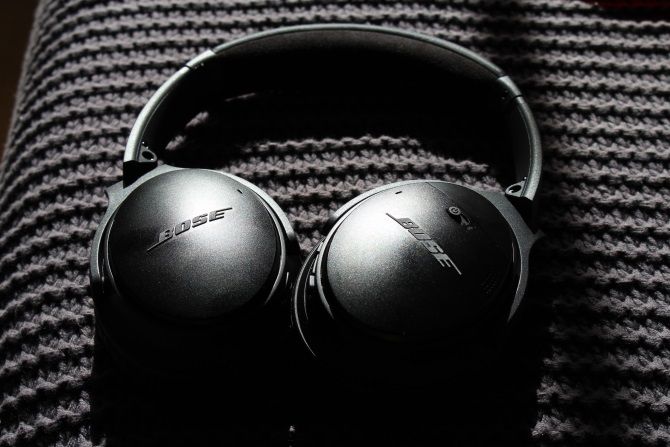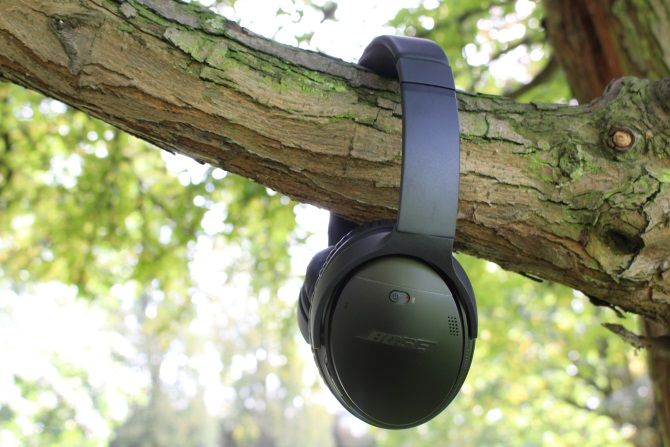Bose updates their almost flawless QC 35s to include seamless Google Assistant integration. At $350, they are relatively expensive, but all the original's best features sit neatly alongside the Assistant. For first time buyers they make a worthy investment, but for those who already took the plunge with the QC35s, the incremental update may not be worth the money.
Since its inception in 1964, the Bose brand name has become synonymous with high-end, high-performance audio equipment. Unlike some of their competitors, Bose haven't been afraid to keep up to date with technological progress. This approach has served them well over the past few years, releasing first the wired QuietComfort 25 noise cancelling headphones. These were followed by the QuietComfort 35s which ditched the cable in favor of a wireless Bluetooth connection.
Just over a year after the launch of the universally beloved QC35, Bose announced they were updating the QC35, and relaunching them as the imaginatively named QC35 II. The reason for the relaunch comes down to one of this year's biggest tech trends -- digital assistants. More specifically: Google Assistant.
Design
When first laying your eyes upon the QC 35 II you'd be forgiven for thinking that you were still looking at last year's QuietComfort 35. Bose opted for a near-perfect reproduction of the first generation model, which makes sense given how well the original's were received. The only new addition comes in the form of a rather subtle button on the left earpad. The new button is the physical manifestation of the QC 35 main update -- integration with Google Assistant.
The headphones are available in both matte black and silver as before. The black is the more subtle and elegant of the two color choices. However, the finish allows for fingerprint marks to show up across the headphones, which will be a source of huge irritation to many. My first generation QC 35 are silver, and despite a year of very heavy usage, and never storing them in the carry case, have only a couple of minor marks. Given how similar the QC 35 and QC 35 II are it's likely the newer models have this same resilience.
The QC 35 II are 10g heavier than the originals, but you wouldn't know by wearing them. The headphones are light on your head, and comfortable on the ears thanks to the soft faux leather ear cushions. To prevent soreness and headaches during extended use, the headband is cushioned with a soft alcantara cushion. The headphones fold inwards for easy storage in their carry case, which also stores the 3.5mm aux and Micro-USB charging cables. Sadly, the Micro-USB charging cable is still too short, and Bose has forgone the opportunity to provide a charging dock. This is disappointing for an otherwise stellar pair of Bluetooth headphones that retail at $350.
Battery and Connection
The headphones still come equipped with a single rechargeable battery. You may believe this to be a problem but, like the QC 35 before them, the QC 35 II can eek out an astonishing 20 hours of battery life. That's all while handling the Bluetooth connection, audio reproduction, noise cancellation, and the Google Assistant. If you do run out of juice unexpectedly, the included 3.5mm aux cable allows you to plug your headphones directly into your device.
The Bose Connect app -- available on both Android and iOS -- has been updated for a new noise cancellation setting. It can now be switched between High, Low, and Off. In regions where Google Assistant isn't available, the left earpad button toggles between these settings. The app takes care of device management -- allowing you to edit the paired devices and perform software updates.
Sound Quality
The QC35 II were tested against the first generation QC35, and one pair of Bluetooth in-ear headphones. Using Queen's Bohemian Rhapsody (2011 Remaster) as my comparison sample, each pair of headphones was put through it's paces over the near six minutes. Bohemian Rhapsody lends itself well to headphone testing as it shifts between frequencies and instrumentation over the course of the song.
The QC 35 II far exceeded the audio performance of the in-ear headphones, and even that of the original QC35. It wasn't only Bohemian Rhapsody where they won out either -- across a range of artists and genres the QC 35 II were a cut above the rest. I even found more depth in the audio using the QC 35 II than with my desktop setup. This may be in part down to Bose's TriPort Acoustic headphone structure, which increases the acoustic volume by drawing air in through vents in the earcups.
Many of us listen to podcasts on the go, especially when travelling or commuting. Over recent years, podcasts like Serial and S-Town have seen the medium strive for high quality audio production where intimacy and detail are key. It's in situations like these where the QC 35 II active noise cancellation really comes into its own. The external microphones pick up sounds around you, and use anti-phase signal to cancel out any unwanted noise. If you live in a city or work in noisy environments, this is an incredibly important and useful feature.
Google Assistant
While the QC 35 II are a fantastic pair of Bluetooth headphones, in many ways they are a revamped version of the QC 35 with one major difference -- Google Assistant. Where before the left earcup was bereft of adornments and buttons, on the lower rear side there now sits a large button used to activate and interact with Google Assistant. Holding down the button allows you to talk to Google without the need for the "OK, Google" activation keyword. One of the major assistant privacy concerns is that people assume that the devices are always listening. This is an objection that none of the companies seem willing to openly address, suggesting some there is some truth to it. Using the button to activate the Assistant means that it is only listening when you want it to.
To talk to the Assistant, you need to hold down the button and release when finished. During testing, I found that all the regular cross-device Assistant commands work. Earlier in the year Google announced Actions on Google, their version of Amazon's Alexa Skills, allowing third parties to integrate with the Assistant. All of the Actions that I tried worked just as well as they did on any of the other Assistant variants. Bose has engineered the microphones to eliminate noise, so that you can always be heard and understood, whether using Assistant or on calls. At launch, the Assistant is available to those in the US, Canada, UK, Australia, Germany, and France. There is currently no word from Bose or Google on further expansion.
Notifications
While the hands-free nature of the Assistant is great, it is largely a replication of the Assistant experience on your phone. However, Bose and Google worked closely to fully integrate Assistant into the headphones. Imagine you are walking along the street when you receive a notification, and you get the familiar alert in your ears. Usually, your next step is to pause and get your phone out to check the notification. The QC 35 II remove this step as the Assistant can read out, and let you respond to, your notifications. It may seem like a small change, but being able to decide whether to act on a notification without getting your phone out saves you time, and allows you to be more present with whatever you happen to be doing.
There are some slight annoyances here though. For instance, if you receive an email the Assistant isn't able to access it. Frustratingly, to read out your notifications, the Assistant talks over whatever you were listening. As these are software related, it's likely that future software updates will improve the experience. Unfortunately, the smart headphones become just plain old headphones when your phone is offline or on aeroplane mode, as the Assistant requires internet connectivity.
An Assistant In Your Ear
Smartwatches, smart home hubs, and digital assistants are all sold on the promise of simplifying your life. My personal experience with these technologies has always left me wanting. I excitedly purchased one of the first generation Android Wear watches, which now sits unused. When Google launched Assistant inside their messaging app Allo, I struggled to find any reason to open it. After experimenting with a Google Home, I have yet to find a compelling reason not to just use my phone. The QC 35 II are the first time I've found a real-life, practical use for the Assistant. It works seamlessly, in all noise conditions, and has genuinely allowed me to decouple from my phone. Well, up to the 9m range of the Bluetooth connection.
Since reviewing the first generation QC 35, they have barely left my side. The comfort, incredible 20 hour battery life, and superior sound quality just made it to difficult to use anything else. The QC35 II are a perfect example of "if it ain't broke, don't fix it". By reusing the design of the QC 35, they offer everything that the originals do -- adding value rather than novelty. If you own the QC35, the addition of Google Assistant may not be a compelling reason to spend another $350. However, for the uninitiated, there has never been a better time to invest in Bose's (almost) flawless wireless headphones.
Are you convinced to give the QC35 II a shot? What do you think of an assistant in your headphones? What's your favorite pair of Bluetooth headphones? Let us know in the comments below!

